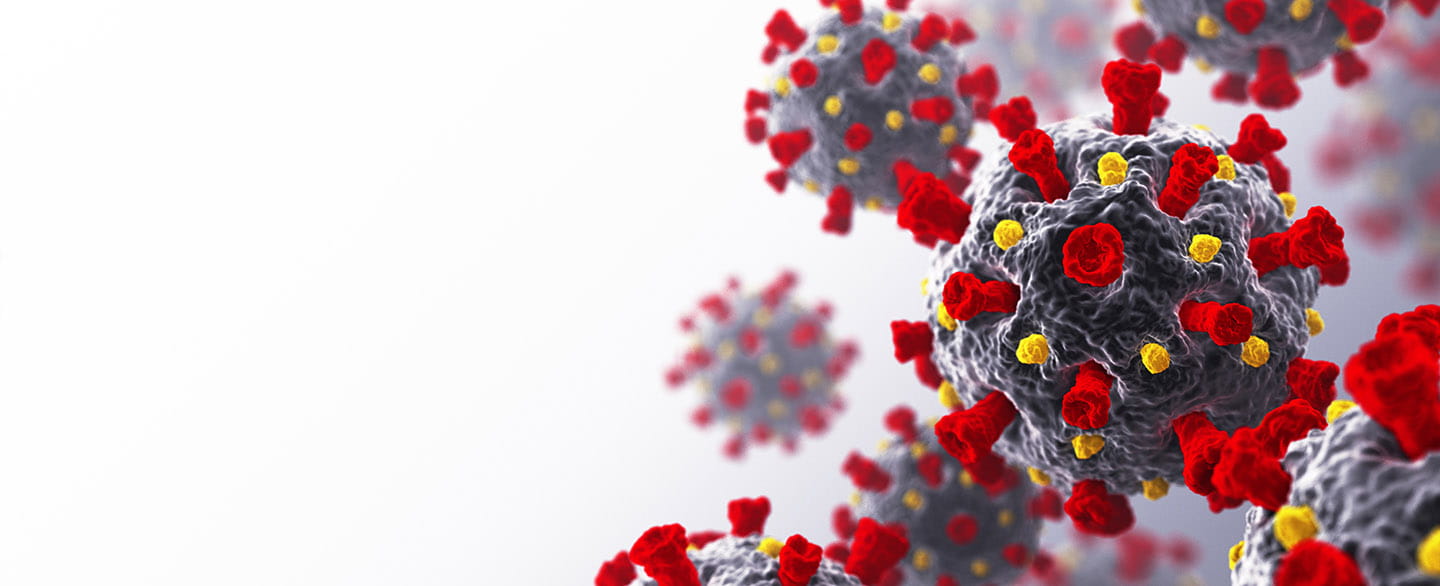- Home
- Patients and Visitors
- Preventing the Spread of Respiratory Infections
- Mask Guidelines and Policy Changes
COVID-19 Updates

Mask Guidelines and Policy Changes
At The University of Kansas Health System, we are committed to protecting you, our visitors and our staff from COVID-19 and other infectious illnesses.
The health system regularly updates its policies to reduce transmission of COVID-19 and other contagious illnesses. These changes may occasionally affect outpatient visits and procedures.
On this page, you can learn about our visitor guidelines, mask policies and service changes related to COVID-19.
Visitors allowed for COVID-19 patients
For your own safety, we recommend limiting visitors for patients with COVID-19, however visitors are not restricted from patients with active COVID-19 infections. To help limit exposure, video calls from cell phones and tablets are encouraged.
- At the health system, visitors of COVID-19 patients should adhere to infection prevention principles consistent with national standards of practice. Visitors are advised to follow current safety guidelines:
- Visit only the patient room and limit time in other locations while at the hospital.
- Wear a gown, surgical mask, eye protection and gloves while visiting.
- Wash your hands with soap and water or use hand sanitizer when entering and exiting the room.
- Our care team will explain these protocols to visitors and answer any visitor questions.
Inpatient testing
The health system may complete COVID-19 tests for patients admitted to the hospital. This testing helps us provide the best individualized care.
Masks recommended for patients, visitors and staff
While masks are no longer required in every care setting, the health system recommends masking to promote the health and safety of our patients, staff and communities, especially during respiratory illness season.
- Masks are optional but recommended. Masks continue to be a key tool for infection prevention and control. Patients with symptoms of any illness are strongly encouraged to wear a mask while inside our facilities to protect patients, staff and others.
- Masks are required in some care settings. To keep patients safe, masks are required in some care areas. Examples may include cancer-care settings and those with immunocompromised patients.
- Mask requirements may vary by location. Patients and visitors should be prepared to wear a mask while inside our facilities. Areas that require masking will be clearly marked.
- Our staff will wear masks when it is best for patient or their own safety. This includes settings in which patients are prepared for surgery and recover from surgery. Other examples are cancer treatment and cellular therapy areas.
- We are sensitive to patient preferences and comfort. If you prefer that those on your care team wear masks, simply ask. We will gladly accommodate your request.
- Please respect those around you who choose to wear a mask. The health system continues to encourage masking and respects those who opt to wear a mask to protect themselves and others.
CDC masking guidance no longer includes universal masking in healthcare facilities. To learn more about CDC guidance or check your local COVID-19 community infection rate, visit the CDC website.
Frequently asked questions
Areas that require masking will be clearly marked. When in doubt, wear a mask. Patients and visitors who feel sick or have symptoms of illness are strongly encouraged to wear a mask inside any of our facilities. Wear a mask if you are in an area where immunocompromised patients may be present.
The mask should cover your nose, mouth and chin. It should fit snugly but comfortably and should not restrict your breathing. It should be secured with ear loops or ties. You should handle the mask only by the ear loops or ties when removing and should be careful not to touch your eyes, nose, mouth or face while removing.
Some people who are infected with a virus never develop symptoms. These individuals can still transmit the virus to others. This is known as asymptomatic transmission. Wearing a mask is important for reducing asymptomatic transmission of COVID-19.
Please contact your care team in advance of any appointments and tell our staff about your condition. Telehealth may be an appropriate option for you. To protect others, maintain a physical distance of at least 6 feet, wash your hands with soap and water for 20 seconds or use hand sanitizer, and cough and sneeze into your elbow.
Masks should not be placed on children younger than 2 years of age, anyone who has trouble breathing, or anyone who is unconscious, incapacitated or otherwise unable to remove the cover without assistance.
Masking is required in some care areas, such as cancer-care settings. If you cannot wear one, or refuse to wear one, please contact your care team to discuss options like telehealth.
In areas that require masking, you may wear a face shield, but it must be in addition to a mask. A face shield provides helpful protection, such as for the eyes, but it does not fit closely over the nose and mouth to contain the spread of respiratory droplets. Wearing a face shield does not take the place of wearing a mask.
Visit the Centers for Disease Control and Prevention website for the latest information and recommendations.
Learn more about COVID-19 testing and symptoms and risks.




